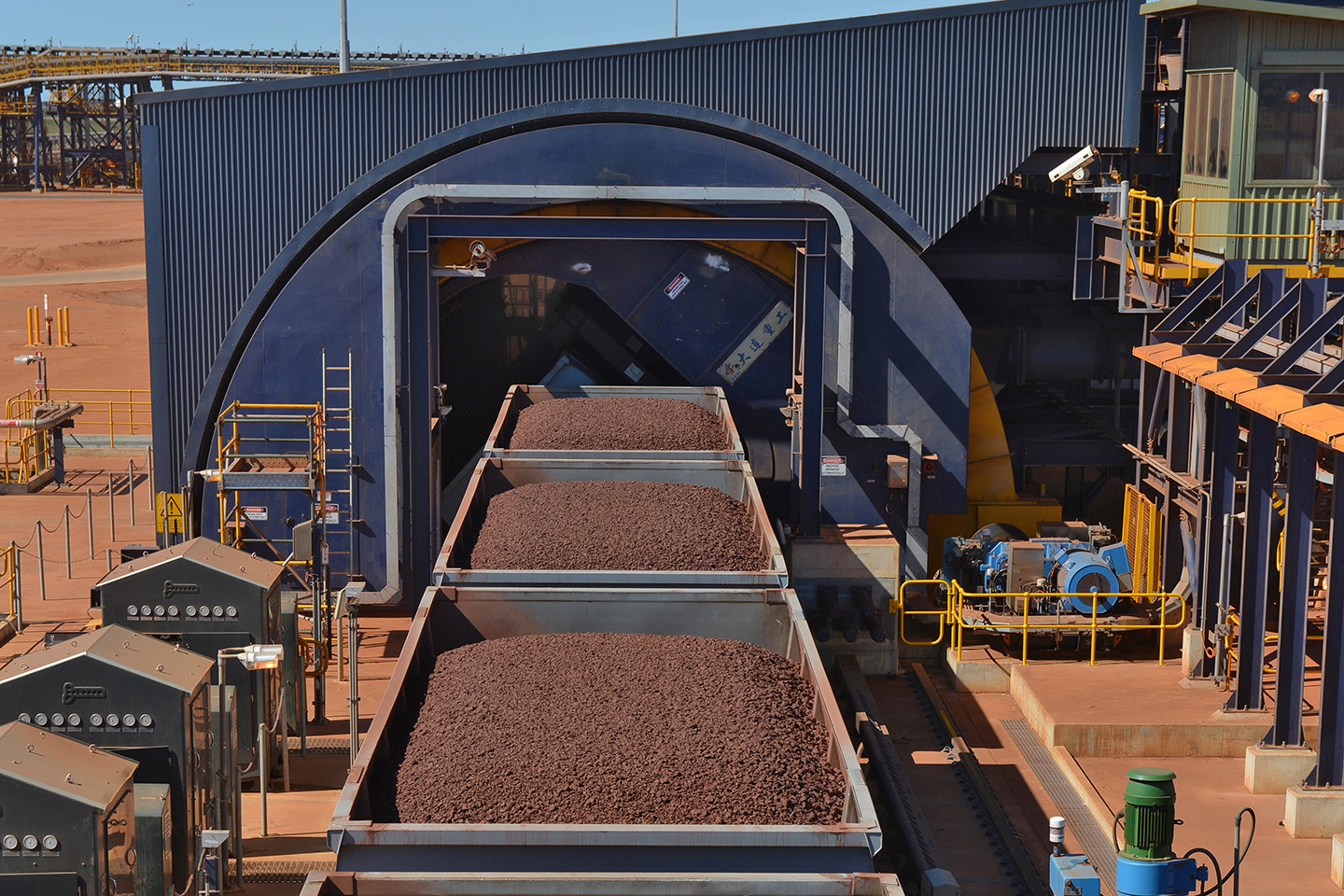Recent findings from the To figure out how much H and D are escaping into space, it is crucial to measure the water isotopologue amounts at heights where sunlight can break them down, which occurs above the clouds at altitudes larger than ~70 km. The study found two surprising results: the concentrations of H2O and HDO increase with altitude between 70 and 110 km, and the HDO/H2O ratio rises significantly by an order of magnitude over this range, reaching levels over 1500 times higher than in Earth’s oceans. A proposed mechanism to explain these findings involves the behavior of hydrated sulphuric acid (H2SO4) aerosols. These aerosols form just above the clouds, where temperatures drop below the sulfurated water dew point, leading to the formation of deuterium-enriched aerosols. These particles rise to higher altitudes, where increased temperatures cause them to evaporate, releasing more significant fraction of HDO compared to H2O. The vapor then is transported downwards, restarting the cycle. The study emphasizes two key points. First, variations in altitude play a crucial role in locating the D and H reservoirs. Second, the increased HDO/H2O ratio ultimately increases deuterium release, impacting long-term evolution of the D/H ratio. These findings encourage the incorporation of altitude-dependent processes into models to make accurate predictions about D/H evolution. Understanding the evolution of Venus’ habitability and water history will help us understand the factors that make a planet become inhabitable, so that we know how to avoid letting the Earth follow in its’ twin’s footsteps. These results were published in the Proceedings of the National Academy of Sciences on August 12, 2024. Reference: “Unexpected increase of the deuterium to hydrogen ratio in the Venus mesosphere” by Arnaud Mahieux, Sébastien Viscardy, Roger Vincent Yelle, Hiroki Karyu, Sarah Chamberlain, Séverine Robert, Arianna Piccialli, Loïc Trompet, Justin Tyler Erwin, Soma Ubukata, Hiromu Nakagawa, Shungo Koyama, Romain Maggiolo, Nuno Pereira, Gaël Cessateur, Yannick Willame and Ann Carine Vandaele, 12 August 2024, Proceedings of the National Academy of Sciences.
Mechanisms of Water Variation in Venus’ Atmosphere
Implications for Planetary Habitability
DOI: 10.1073/pnas.2401638121
This website uses cookies so that we can provide you with the best user experience possible. Cookie information is stored in your browser and performs functions such as recognising you when you return to our website and helping our team to understand which sections of the website you find most interesting and useful.




















Discussion about this post